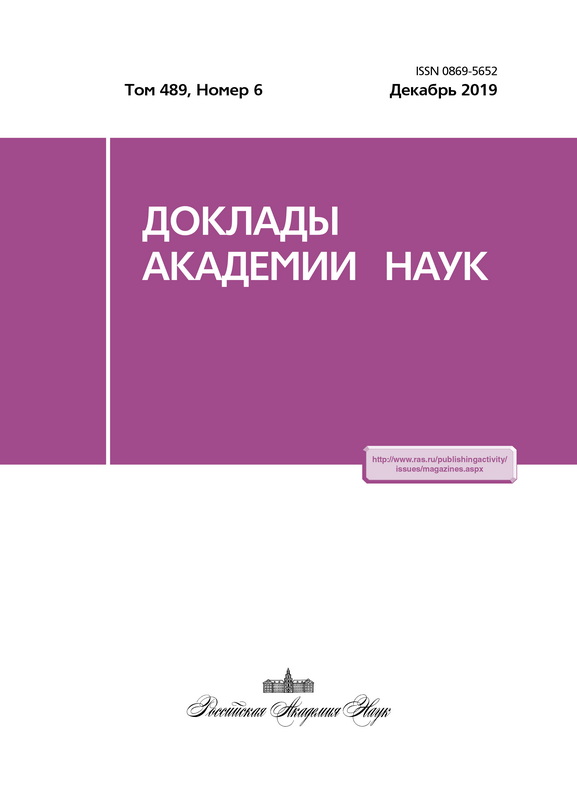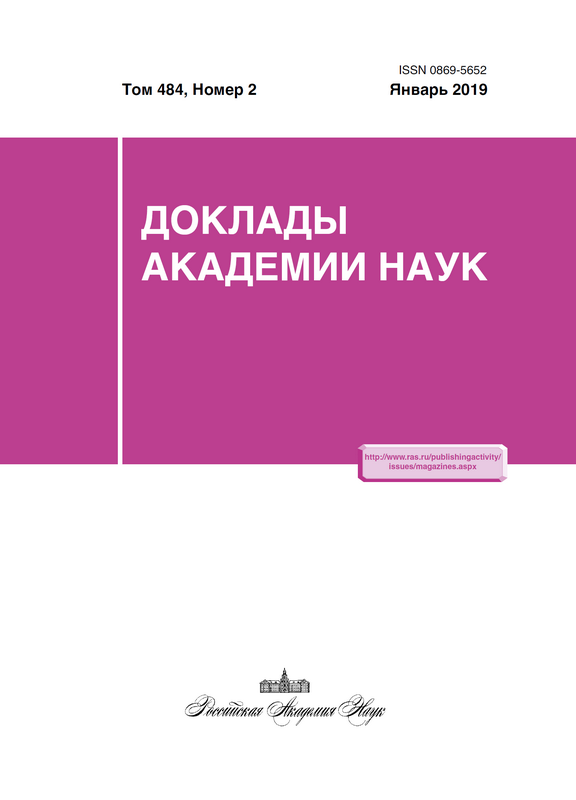Russian hydropower under the global climate change
- Authors: Klimenko V.V.1, Fedotova E.V.1
-
Affiliations:
- National Research University Moscow Power Engineering Institute
- Issue: Vol 484, No 2 (2019)
- Pages: 156-160
- Section: Energy science
- URL: https://journals.eco-vector.com/0869-5652/article/view/11718
- DOI: https://doi.org/10.31857/S0869-56524842156-160
- ID: 11718
Cite item
Abstract
The influence of the climate change in Russia on the operation of hydroelectric power plants during the 21st century is considered. For obtaining quantitative assessments, the results yielded by global climatic models for river runoff were subjected to ensemble averaging. In addition to the standard RCP climatic scenarios, the MPEI scenario is considered, the fundamental distinctive feature of which is that the most likely development trajectories are selected. It is found that the choice of a scenario has an essential effect on both the qualitative pattern of river runoff changes over the territory and on the quantitative characteristics of this process.An integral assessment for the change in the hydroelectric power plant outputs due to climate change is made.
Full Text
About the authors
V. V. Klimenko
National Research University Moscow Power Engineering Institute
Author for correspondence.
Email: nilgpe@mpei.ru
Russian Federation, Moscow
E. V. Fedotova
National Research University Moscow Power Engineering Institute
Email: e.v.kasilova@mpei.ru
Russian Federation, Moscow
References
- Climate Change 2013: The Physical Science Basis. Contribution of Working Group I to the Fifth Assessment Report of the Intergovernmental Panel on Climate Change / T.F. Stocker, D. Qin, G.-K. Plattner, M. Tignor, S.K. Allen, J. Boschung, A. Nauels, Y. Xia, V. Bex, P.M. Midgley. Eds. Cambridge: Cambridge Univ. Press, 2013. 1552 p.
- Второй оценочный доклад об изменениях климата и их последствиях на террито-рии РФ / Под ред. В.М. Катцова, С.М. Семенова. М.: Росгидромет, 2014.
- Данные NCDC: https://www.ncdc.noaa.gov/temp-and-precip/ghcn-gridded-products/
- Held I.M., Soden B.J. // J. Climate. 2006. V. 19. P. 5686–5699.
- Клименко В.В., Клименко А.В., Микушина О.В., Терешин А.Г. // Теплоэнергетика. 2016. № 9. С. 1–6.
- Клименко В.В., Клименко А.В., Терешин А.Г. // Изв. РАН. Физика атмосферы и океа-на. 2015. Т. 51. № 2. С. 158–168.
- Попова В.А., Георгиади А.Г. // Изв. РАН. Сер. геогр. 2017. № 2. С. 47–59.
- Milly P.C.D., Betancourt J., Falkenmark M., Hirsch R.M., Kundzewicz Z.W., Let-tenmaier D.P., Stouffer R.J. // Science. 2008. V. 319. P. 573–574.
- Катцов В.М., Говоркова В.А. // Тр. ГГО им. А.И. Воей- кова. 2013. В. 569. С. 75–97.
- Акентьева Е.М., Сидоренко Г.И., Тюсов Г.А. // Тр. ГГО им. А.И. Воейкова. 2014. В. 570. С. 95–105.
- Калугин А.С. Mодель формирования стока реки Амур и ее применение для оценки возможных изменений водного режима. Дис. канд. геогр. наук. М., 2016.
- Георгиевский М.В., Голованов О.Ф. Экстремальные паводки в бассейне Амура: гидрологические аспекты. СПб.: ФГБУ “ГГИ”, 2015. С. 153–170.
- Knutti R. IPCC Working Group I AR5 snapshot. World Data Center for Climate. 2014. doi: 10.1594/WDCC/ETHr4.
- GRDC Timeseries Data. Global Runoff Data Centre. Koblenz: Federal Inst. Hydrol., 2017.
- Gudmundsson L., Seneviratne S.I. // Earth Syst. Sci. Data. 2016. V. 8. P. 279–295.
Supplementary files










